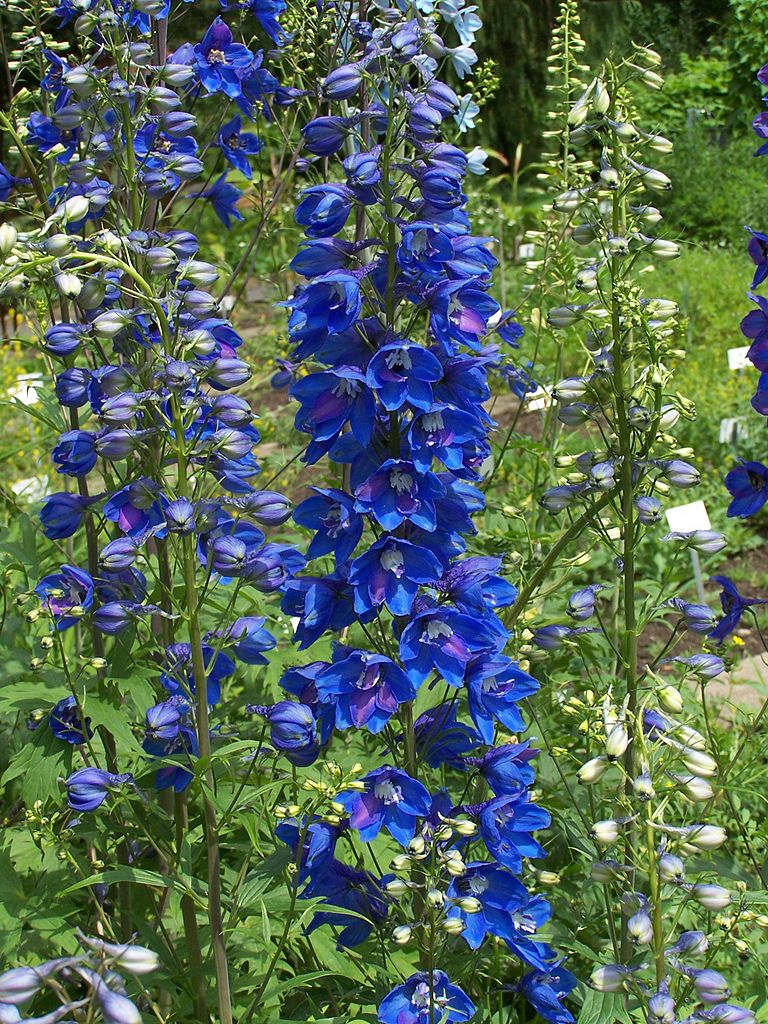“Perhaps the chief hallmark is informality.”
He observed that the old cottage gardens did not have lawns because there were no lawns when the cottage garden tradition began.
“As to plants, there are of course the traditional old favourites which have been grown for hundreds of years–roses, hollyhocks, honeysuckle, hellebores, columbines, foxglove, feverfew, lavender, thyme, mint, pink, geraniums and many more. …
“One certainty about cottage gardens is that every available square inch of ground was used. Vegetables and flowers crowded happily together….” Cottage Gardener’s Companion pgs. 6-7.

Christopher Lloyd added the following:
“By the time of the Renaissance, gardens became part of the European lifestyle. Most of the earliest gardens, however–especially those that were associated with large estates–were formal and unnatural. Probably in reaction to the Plague, as a place to grow herbs, fruits, and vegetables, commoners also began to garden. During the Middle Ages, peasant gardeners were more interested in meats, honey, herbs, and other medicinal plants than they were on flowering plants. Their gardens were focused on functionality on not on beauty, but they began adding flowering plants here and there.
“By the 1800’s, gardeners began to grow flowers for decoration–as well as for their practical value. Yet, even then, the decorative flowers selected often had a dual purpose. For instance, the primroses and calendulas were used in cooking”

In the book The Cottage Garden, Lloyd added the following thoughts:
“By the 1800’s, the informal style of Cottage Gardens had become more popular and they were more widespread. The writings of the Irish gardener William Robinson had much to do with its increasing popularity. He was prominent in the Arts and Crafts Movement.

Cottage Gardens were typically enclosed spaces, and fragrant roses often arched the entrances into them. Roses were used both in cooking and medicinally.

But hollyhocks were an early cottage garden plant that seems to have been grown merely for its beauty.
The peasants who grew the cottage gardens had very small garden plots, and plants that grew upward more than they grew upward were popular.

Delphiniums were popular during the 19th century and became staples of the Cottage Garden. as were pansies.

Pansies were also popular in early cottage gardens.

And sweet Williams were, too.

